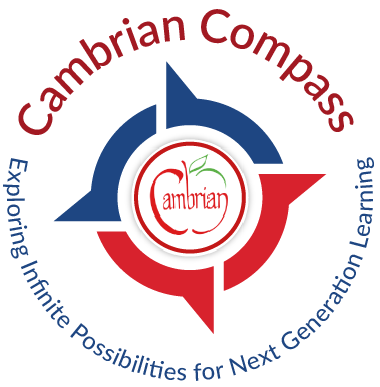Dig Deeper in CCCs
Learning Activity
CCCs apply across the entire range of DCI domains (the physical sciences; the life sciences; the earth and space sciences; and engineering, technology and applications of science). The CCCs are categorized into seven concepts (National Science Teachers Association):
- Patterns - Observed patterns in nature guide organization and classification and prompt questions about relationships and causes underlying them.
- Cause and Effect - Events have causes, sometimes simple, sometimes multifaceted. Deciphering causal relationships, and the mechanisms by which they are mediated, is a major activity of science and engineering.
- Scale, Proportion, and Quantity - In considering phenomena, it is critical to recognize what is relevant at different size, time, and energy scales, and to recognize proportional relationships between different quantities as scales change.
- Systems and System Models - A system is an organized group of related objects or components; models can be used for understanding and predicting the behavior of systems.
- Energy and Matter - Tracking energy and matter flows, into, out of, and within systems helps one understand their system’s behavior.
- Structure and Function - The way an object is shaped or structured determines many of its properties and functions.
- Stability and Change - For both designed and natural systems, conditions that affect stability and factors that control rates of change are critical elements to consider and understand.
These concepts are important because they provide a conceptual framework for students to organize new ideas and draw connections between different content areas and practices (California Academy of Sciences, 2016). Students are better able to think critically, problem solve, demonstrate flexibility and creativity with their ideas, and develop their ideas over time.
Watch the video "Understanding Crosscutting Concepts: The Chess Metaphor" and read the PDF "Appendix G – Crosscutting Concepts".
Resources
More NGSS / Science Activities
Quickly deploy NGSS / Science lessons to your entire district.
Top districts trust Alludo to train teachers and staff





